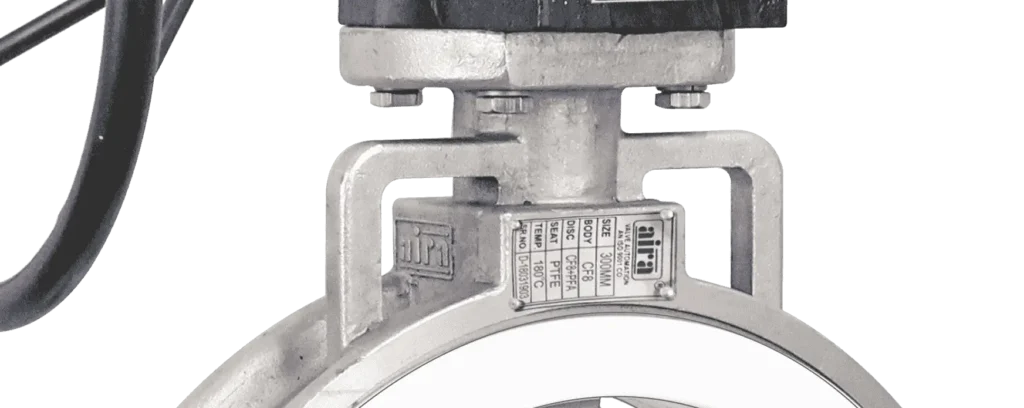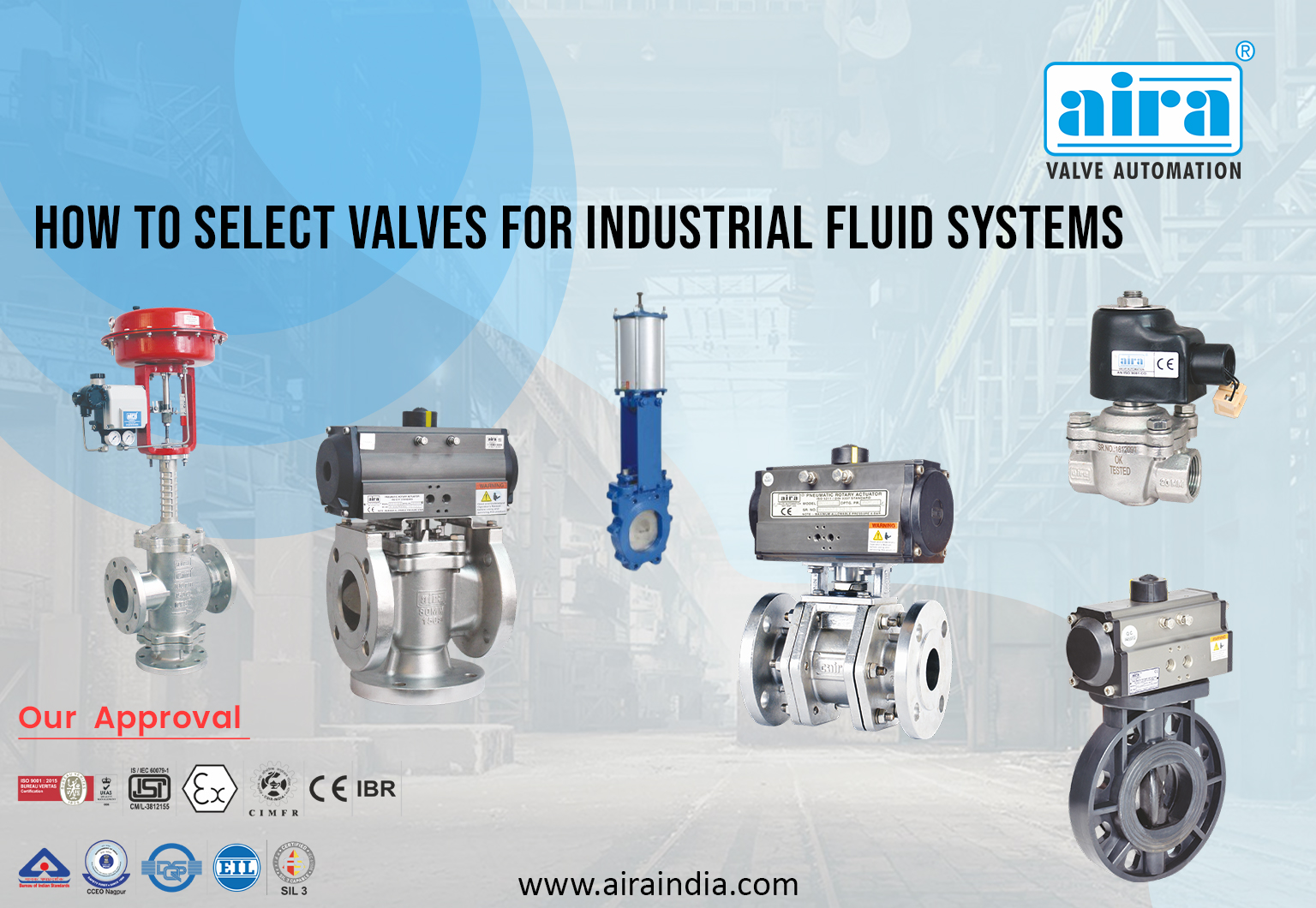Valves are crucial components of industrial, piping, and instrumentation systems for proper performance and maintenance. The selection of the Industrial Valves according to the applications, plays an important role in the process. While, improper valve selection can lead to safety risks, poor performance, and increased downtime.
Maintenance technicians typically replace valves with the same types as the system’s specification throughout its life, making choosing the right valve from the beginning essential.
STAMPED Method
Engineers and technicians use the STAMPED approach to pick valves based on size, temperature, application, media, pressure, fitting ends, and delivery. It is a crucial framework for selecting the right valve for industrial fluid and analytical sampling system design.
This method helps designers and technicians make informed decisions based on these operational conditions, ensuring the right valve choice is made every time.

S:- Size
The size of a valve is crucial for its flow capacity and should correspond to the desired flow rate of the system. Aira Euro Automation, a leading Valve manufacturer provides a flow coefficient (Cv), which indicates the relationship between the pressure drop across a valve and the corresponding flow rate.
Cv represents the amount of water in gallons per minute that will pass through a valve with a 1 psi pressure drop and a temperature of 60°F. Calculating and using the CV parameter to estimate flow is more difficult, but it remains an efficient method for sizing valves for a specific application.
The size and geometry of the flow path, as well as a valve’s orifice size, are valve design factors that affect CV. The larger the aperture, the higher the possible flow capacity. Orifice sizes can vary depending on the type of valve used, and variations like ball valves may provide minimal flow resistance, while needle valves may restrict or slow down the flow.
Consult your manufacturer when in doubt and use a CV calculator to help select the right valve for your application. Reputable suppliers can guide you toward the right-sized valve for the situation, and some even offer a CV calculator to begin the process of choosing the right valve.
T:- Temperature
When choosing a valve, consider the temperature it will operate in, including the media it will control and the ambient temperature of the environment. Constant or frequent temperature fluctuations can affect the valve’s selection and the frequency of maintenance or replacement. Temperature fluctuations can cause seal expansion and contraction, leading to wear and potential failures.
Additionally, the metal construction of the valve may be less strong at higher temperatures, reducing pressure ratings. Suppliers should provide test results indicating valves have been tested at temperature extremes to ensure proper functioning. Additionally, consider temperature fluctuations that may cause sealing materials to expand and contract, and metallic components to lose strength at higher temperatures.
A:- Application
Operators should consider the specific function a valve will perform within a system, such as starting or stopping the flow, regulating flow levels, controlling the direction of flow, or protecting the system from overpressurization. The answers to these questions will assist in determining the best valve for a particular application.
For instance, a two-way ball valve, although some may offer a throttling function, is designed to be fully opened or closed. A needle or metering valve is a better option if the goal is to throttle or regulate flow. Onsite evaluation services can guide the type of valve selected for design. For more information on valve function and types, refer to this article.
M:- Media
The choice of valves in a system is crucial for their longevity and functionality. As valves should be made of materials that work with valve bodies, seats, stem tips, and other softer materials, compatibility is essential. Incompatible materials can lead to corrosion, embrittlement, or cracking, posing safety risks and requiring significant downtime.
Valves should also be compatible with the environments they will operate in, such as climate-controlled environments or outdoor environments exposed to various elements.
For example, in a marine environment, valves might be exposed to chlorides, requiring higher-grade stainless steel. When choosing the proper valve with the correct material composition, keep the process fluid inside the system in mind.
Incompatibility can lead to safety risks and costly production issues. The valve’s location in service should also be considered, considering climate-controlled environments, outdoor environments, and marine environments.
P:- Pressure
Valve selection is crucial for ensuring the system’s performance. Working pressure refers to the normal operating pressure in a system, while design pressure is the manufacturer-provided maximum pressure limit.
Pressure limitations are determined by the lowest-rated component, which can affect component performance. When selecting a valve, consider whether it is designed to operate under various temperatures and pressures.
Material selection and validation are also critical aspects of valve performance. The pressure limitation is based on the lowest-rated component, and the process fluid’s temperature and pressure significantly impact component performance.
The valve must hold pressure and operate under a wide range of temperatures and pressures. As the process fluid temperature increases, the working pressure rating decreases. Thus, valve design, material selection, and validation are all key components of valve performance.
E:- End Connections
End connections are crucial for valve resistance and installation. They can be integral tube fittings, pipe threads, flanges, or welded ends. Choosing the right end connection for a system’s pressure, temperature, and size can simplify installation and prevent unnecessary leak points.
Choosing the right end connection for a valve’s overall composition and ability to maintain a leak-tight system is essential for its overall effectiveness.
D:- Delivery
The STAMPED method involves selecting the most suitable valve for your application and ensuring timely delivery and reliable supply. It is crucial to find a supplier that can meet your needs and ensure the system is operational and efficient.
The final step is to vet suppliers to ensure they can provide the necessary parts, are accessible, and work with you to understand your system needs. It promises a seamless and effective installation procedure.
Conclusion
Valve selection is crucial for designing safe, efficient fluid systems. The STAMPED method provides a framework for operators. Attending training courses can enhance working design knowledge, and upcoming virtual courses offer more in-depth information on valve selection and fluid system design.
Trust Aira Euro Automation, for the best guidance to choose the right valve for your needs according to the applications. Our experts will assist you with your best! Explore here, we are a well-known firm for manufacturing Manual Valves in the Industry.
Valves are typically selected during initial system design and replaced with the same model as the original specification as they wear out. Therefore, choosing the right valve at the initial application is crucial. Aira Euro Automation is a High-Quality Pneumatic Actuator manufacturer in Ahmedabad, India. Visit here for a range of High-Quality Pneumatic valves Actuators.
